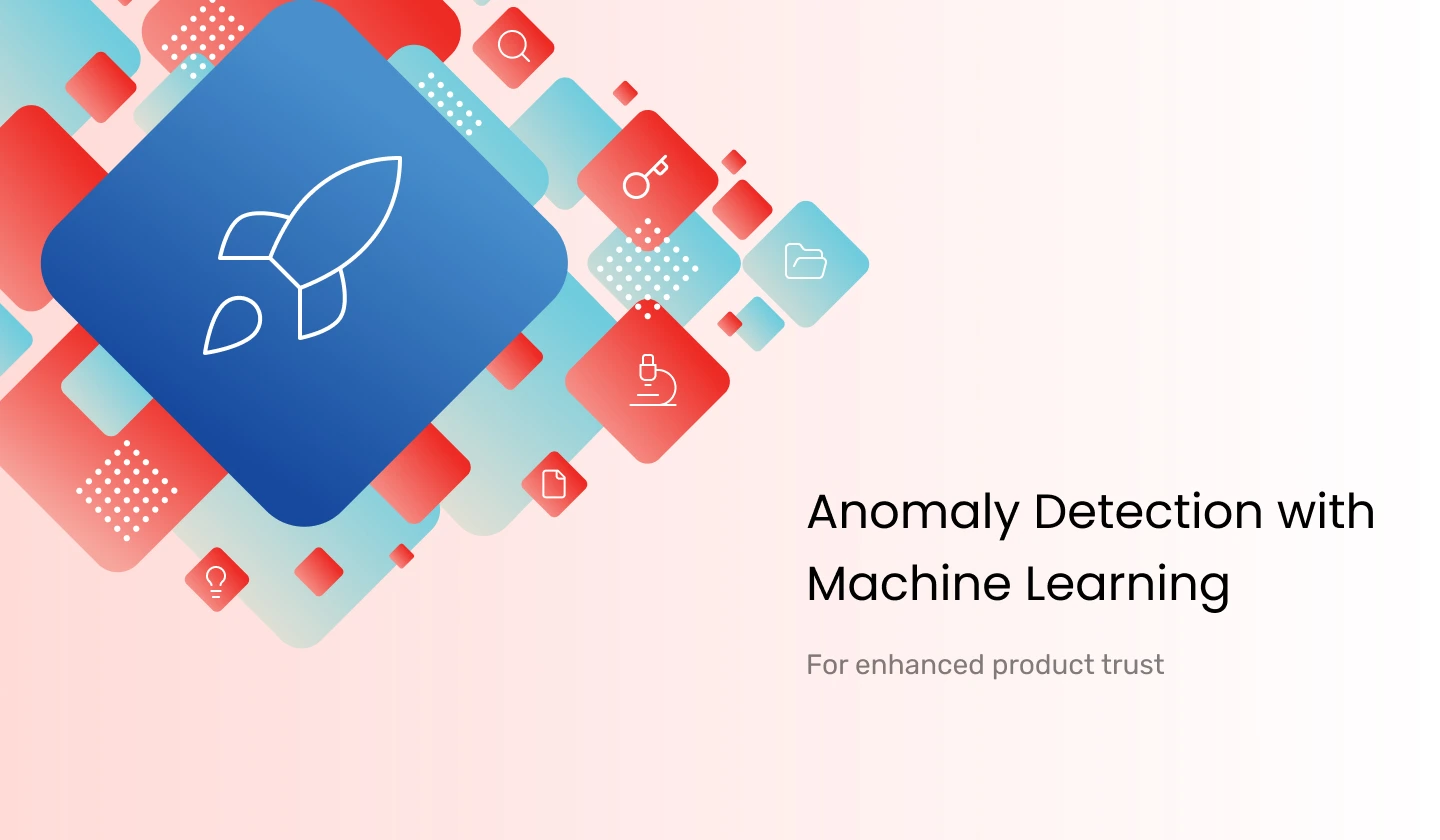Every four years, the Olympics captures the world’s attention.
Athletes push their bodies and minds to the absolute limit in a breathtaking display of dedication, skill, and raw talent.
But beyond the entertainment, the Olympics also give the sports industry a big economic boost and spark some serious tech innovation.
One such advancement is – computer vision!
During the Tokyo 2020 Olympics, this powerful tech was being used to make the games more exciting, fair, and efficient – from viewing experience to judging and training.













 12 mins
12 mins







 Talk to Our
Consultants
Talk to Our
Consultants Chat with
Our Experts
Chat with
Our Experts Write us
an Email
Write us
an Email





